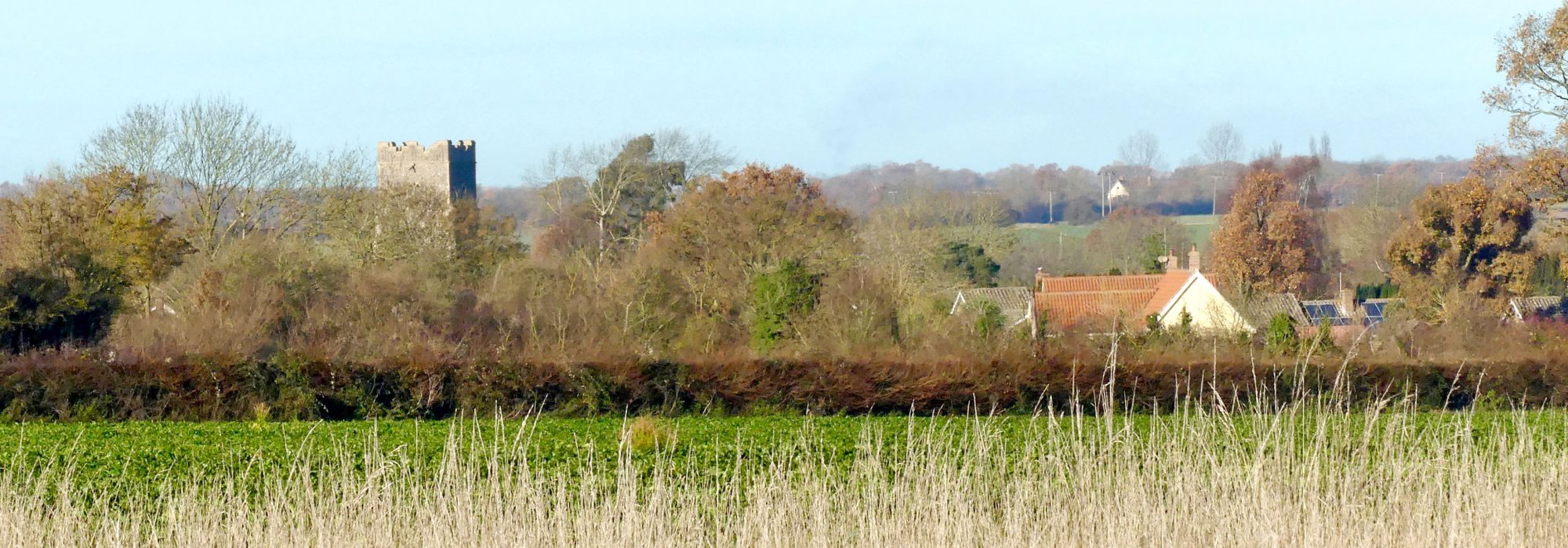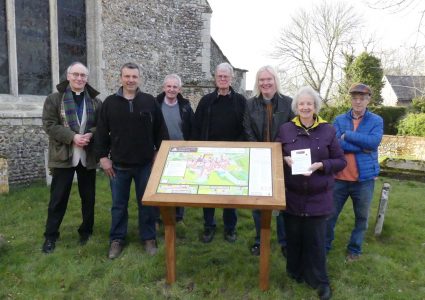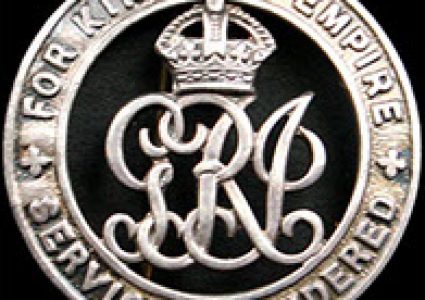On The Roll of Honour
John Taylor was born in the on the 22nd August 1868 in the Beccles, Suffolk to George Frederick and Sarah Taylor (née Barnard).
When he was 38, he married to Christina Last (b. Peasenhall in 1876) in the 3rd Quarter of 1906 in the Blything District (Blythburgh) (4A-2085).
In the 1871 census, John was living in Newgate Street, Beccles aged 2 with his father, George, aged 36, a brewer’s Labourer and his mother, Sarah, aged 27 and his two brothers, James, aged 11 and George, aged 8.
In the 1881 census John was now 12 and still living in Newgate Street, Beccles with his father, George, aged 46, a Maltster’s Labourer and his mother, Sarah, aged 37 and his brothers, James, aged 21, a Tanner, Henry, aged 8, William, aged 6, Thomas aged 4 and George, 3 months. As there’s a baby George it’s assumed that his elder brother George (above) must have died.
There’s no trace of John in either the 1891 or 1901 census. This is due to the fact that John joined the army in 1888 (see below).
In the 1911 census John was aged 42 and was described as a Gardener, Domestic and was living with Christina, his wife, aged 35 and Frederick George, their son, aged 8 at 4 Mount Pleasant, Southwold, Reydon, Suffolk.
Military and War: John was a “Professional Soldier” and originally joined the Royal Artillery as a Gunner in Great Yarmouth on the 17th December 1888, Regimental no. 65171. According to his Service Record he was promoted to a Bombardier in 1893 and a Corporal in 1897. He was re-engaged in The Royal Artillery in 1899 having served 10 years and was promoted to Sergeant in 1900.
He was posted to Hazara in the Black Mountain Campaign in what is now Pakistan, in 1891; he was involved in Expedition against the Isazai Clans on the Hazara Border in 1897; he was in the Punjab and Malakand campaigns in India in 1894 and 1898 and the South African campaign (the Boer War) in 1899 to 1902. As a result he was awarded the India Medal 1854 and Hazara Clasp 1891, India medal 1891 Punjab Frontier 1894-1898, Malakand Clasp 1897, Samara Clasp 1897, Tirah Clasp 1897 and the Queens and Kings South Africa Medal. For the various clasps see here.
He re-joined the Army in the Suffolk Regiment on 11th September 1914, Regimental No. 10069. As a Sergeant he was discharged on the 14th May 1919. He was posted to France on the 30th August 1915 until 5th September 1916. He was slightly wounded on the 9th November 1915 but obviously not sufficiently to return to “Blighty”. (Suffolk Regimental Museum, Bury St. Edmunds).
Post War: Although it’s known that John, Christina and Frederick lived in Badwell Ash after the war, after John was discharged from the Army in 1919, we do not know when or precisely where they moved to or, indeed, when they left the village.
However, in the Bury Free Press of October 25th 1919, a case was heard at Ixworth Petty Sessions against Christina Taylor who was charged with attempting to commit suicide by cutting her throat with a razor blade at Badwell Ash on September 25th 1919. So we know that by the September of 1919, John, Christina and Frederick had moved to Badwell. The article is headed “A Woman’s Throat Wound – Distressing Case from Badwell Ash – A son’s Shocking Discovery”. It seems that Christina, John’s wife, had been suffering from depression and using one of John’s razors, attempted to commit suicide. Unfortunately, John was away from the house working at the Vicarage, having only been home from the Army some six or seven months, and it was their son, Frederick, who discovered his mother. He immediately went and got his father and also called on Fanny Largent, wife of Arthur Largent who lived nearby in The Street to see whether she could help. Dr. Poignard from Walsham le Willows was called who bandaged her throat to staunch the bleeding from the 3inch wound and sent Christina to Hospital. The case was referred to The Assize but unfortunately, there’s no report of what happened there.
Nowadays, it would seem almost unthinkable to punish someone for attempting suicide, but until just half a century ago, it was a crime in England and Wales. It was finally de-criminalised in 1961.
In the 1939 register he is recorded as living in No. 12 Thorpeness Almshouses, aged 71 and is described as Retired from Army.
It’s believed John died aged 73 in March 1942 (Blyth 4A-2272).





